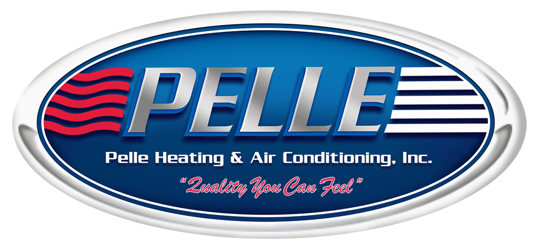You might have heard of radiant heating, but like many homeowners, you aren’t exactly sure what it means. Basically, these heating systems involve heat panels, tubes, or wires in the walls, floors, or ceilings to control temperatures inside the home through infrared radiation. There are advantages and disadvantages to each system. Here is what you need to know.
Three Types of Radiant Floor Heating
With this heating system, the heat rises evenly from below. That way the room temperature is uniform from top to bottom, and your toes never get cold. There are three main systems:
1. Air-Heated Radiant Floors
These systems pump air through the floors but are not as common in residential applications because air cannot hold a lot of heat. It is inefficient and not a cost-effective heating system.
2. Electric Radiant Floors
One option for this system uses cables and mats of electrically conductive materials mounted to the subfloor. You piece the mats together, kind of like a puzzle to fit your space. Some mats you can even install under the shower. The mats are then connected to a thermostat controller. They can work for under tile, engineered wood, laminate, and stone floors. Another option is a single insulated wire that connects to the subfloor so you can customize the layout, putting it only where you need it. Or you can install heating mats to the floor joists below without removing the existing flooring. Then to keep the heat from dissipating down, you install reflective insulation under the mats.
3. Hydronic Radiant Floors
These are the most cost-effective and most popular radiant heating systems. Also called hot water radiant systems, these use a separate water heater and pump to circulate hot water through tubing embedded in the extra-thick subfloor panels or mortar. And because it is a closed system, it does not detract from the water heater you use for washing and cooking.
Pros of Radiant Floor Heating
With most of these systems, there is less blowing. This means less dust, which is especially valuable for homeowners who have severe allergies. There are also no ducts and less risk of air leaks and wasted energy. Also, once installed a radiant floor heating system requires very little maintenance and usually comes with a 30-year guarantee.
Cons of Radiant Floor Heating
This heating system is more expensive than the traditional forced air systems. But while you will have larger upfront costs, you will save money over time because of better efficiency. Also, you can’t cut the electric radiant floor mats. You have to piece them around obstructions, which can make installation tricky. Also, because it is a more expensive renovation, it takes about a week to complete the entire project. But one of the biggest drawbacks is that you cannot cool your home with a radiant heat system. You will still need to install a separate air conditioning system for warmer weather.
Is Radiant Floor Heating Worth It?
Ultimately the choice is up to you. While it is an easy and energy-efficient way to keep your home warm, it does come with a higher installation cost and heating takes more time than traditional radiators. But if you are already undertaking a larger renovation project, it might be worth the investment. To find out more, contact Pelle Heating & Air Conditioning. You can reach us at (669) 219-8957 or come by 1045 N 10th St., San Jose, CA 95112.
The post Is Radiant Floor Heating Right for Me? appeared first on Pelle Heating & Air Conditioning.

